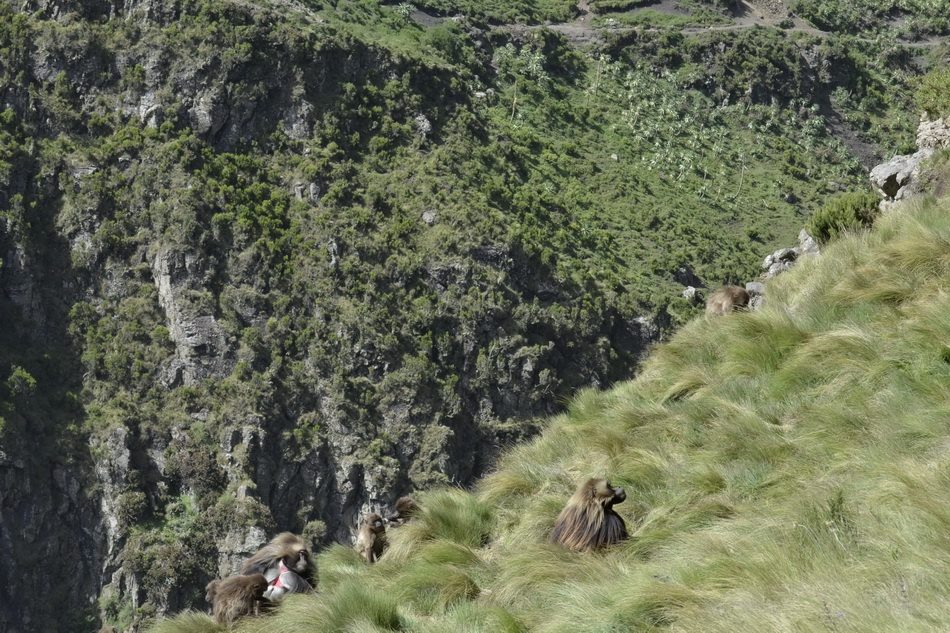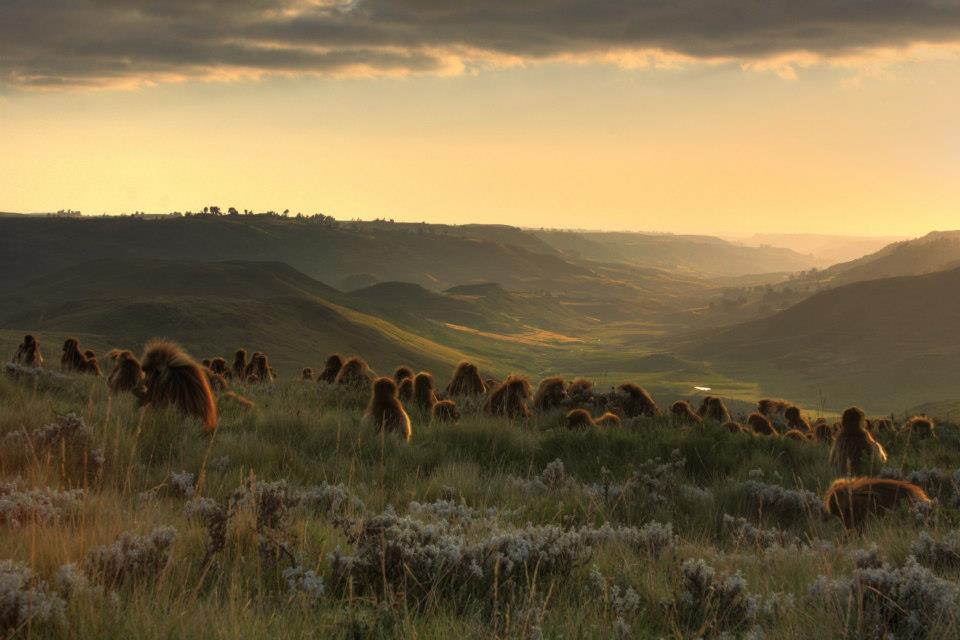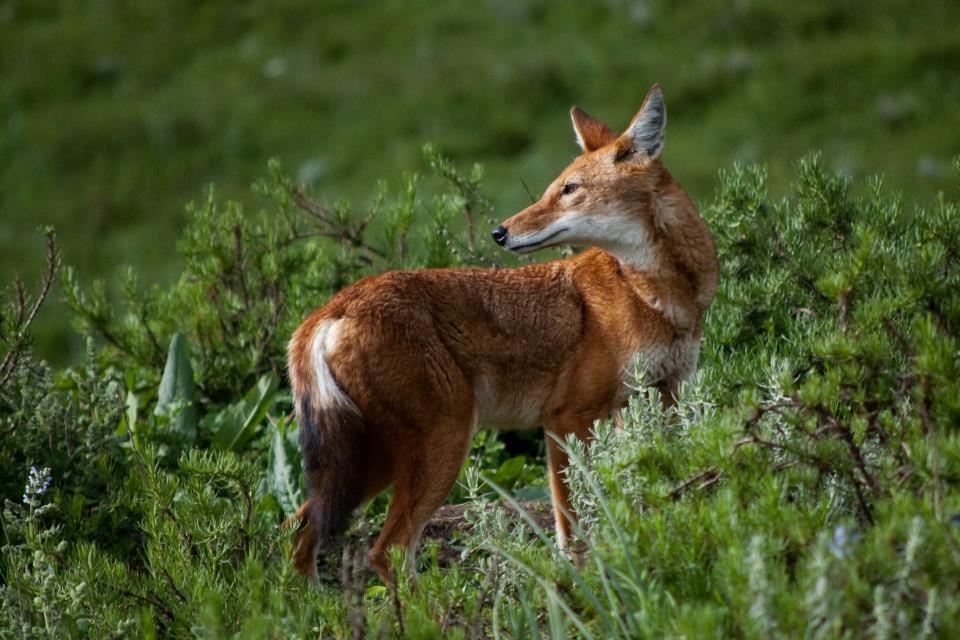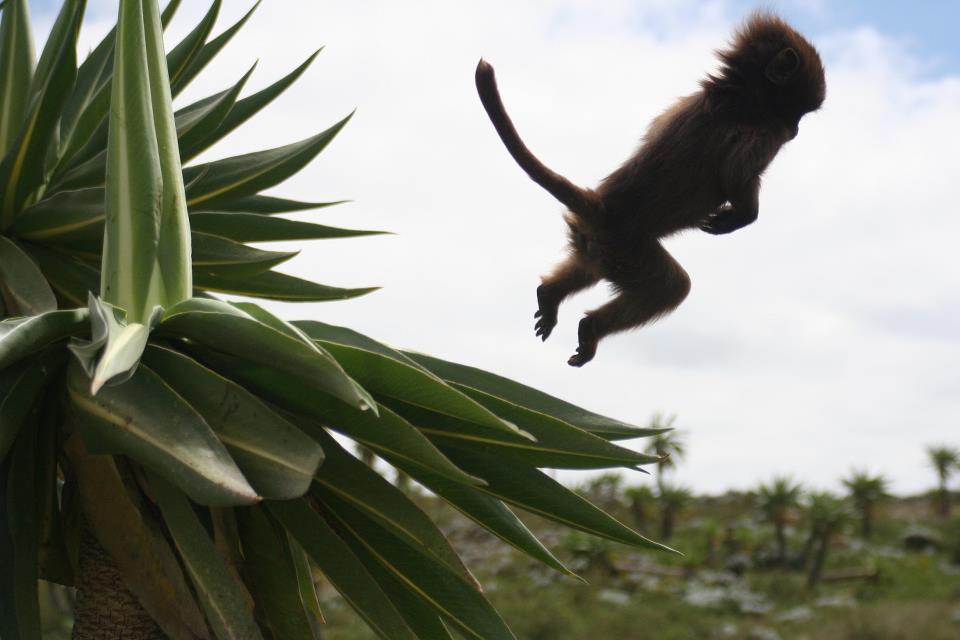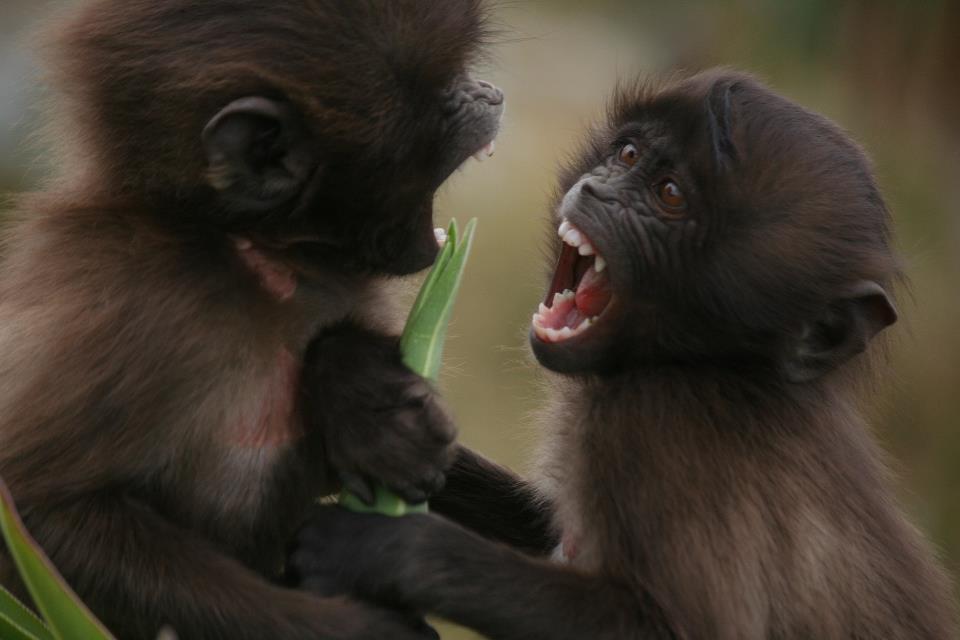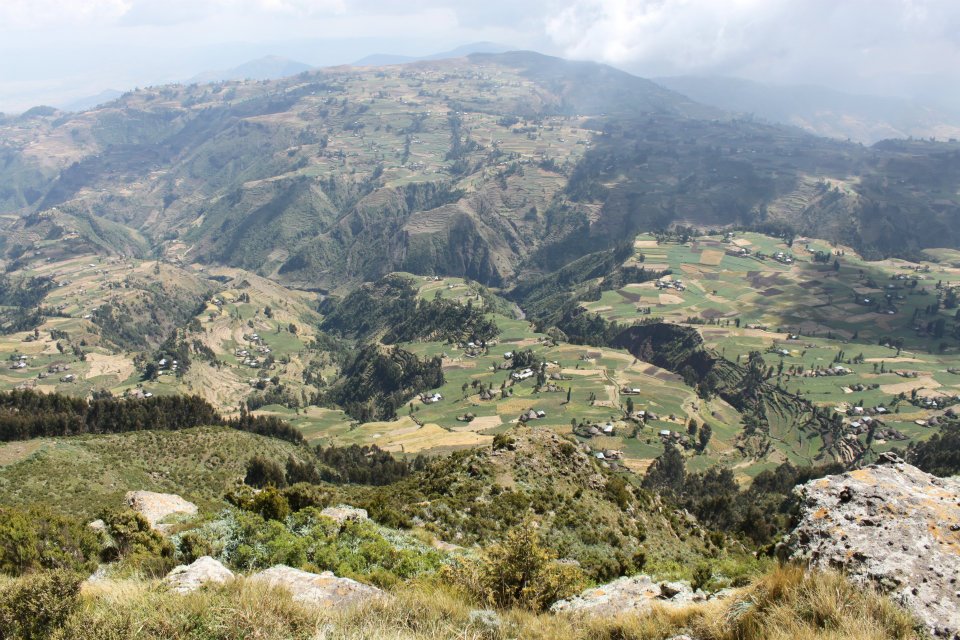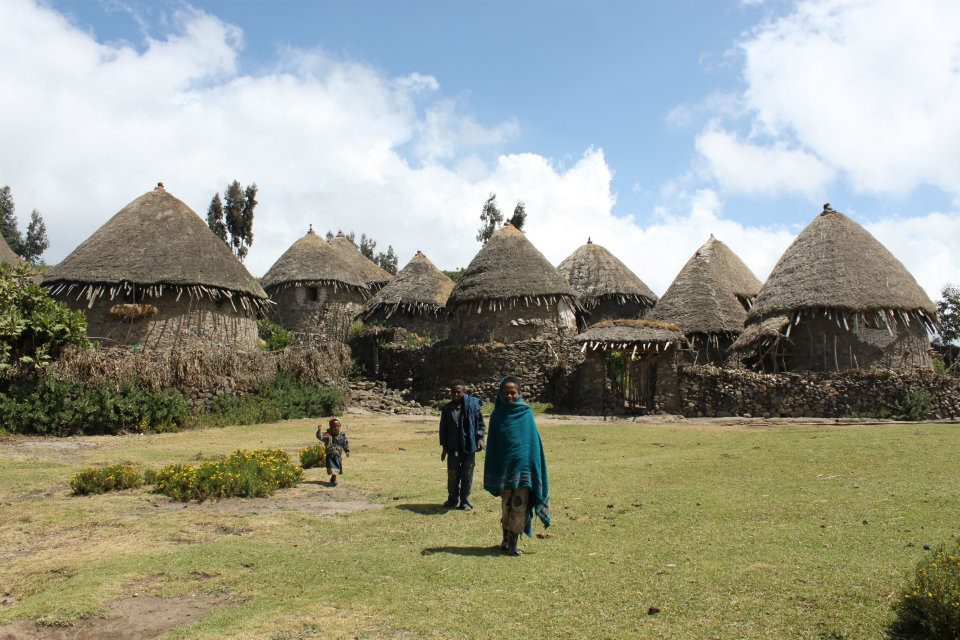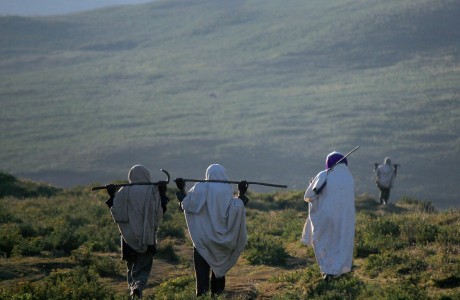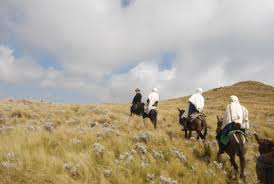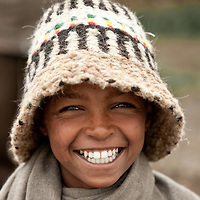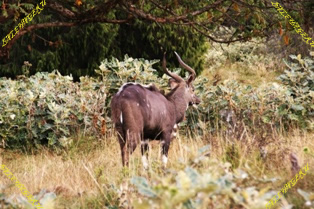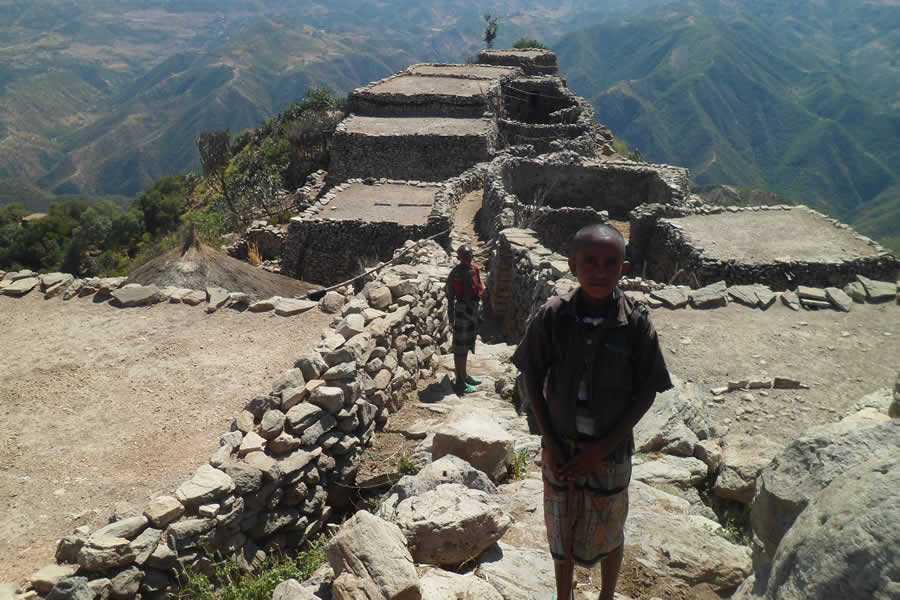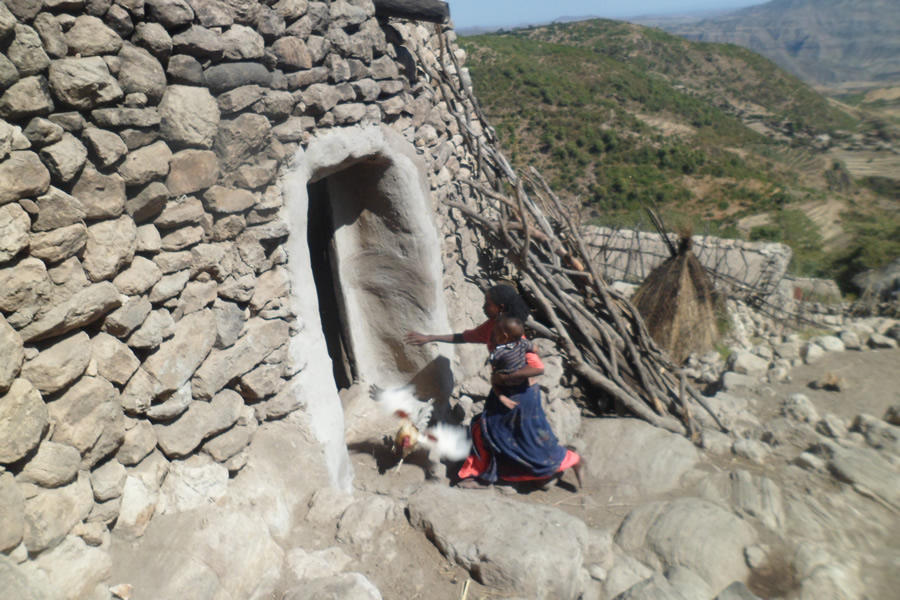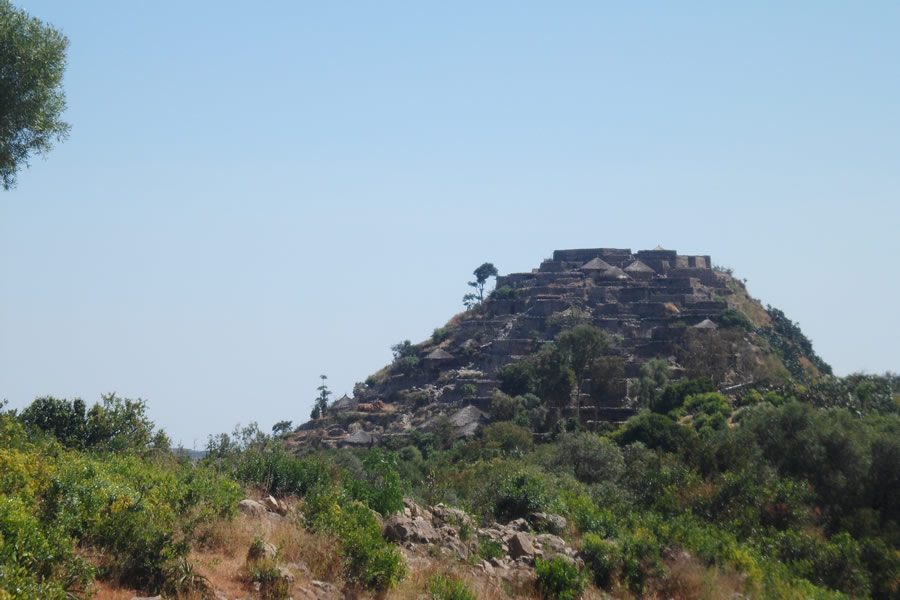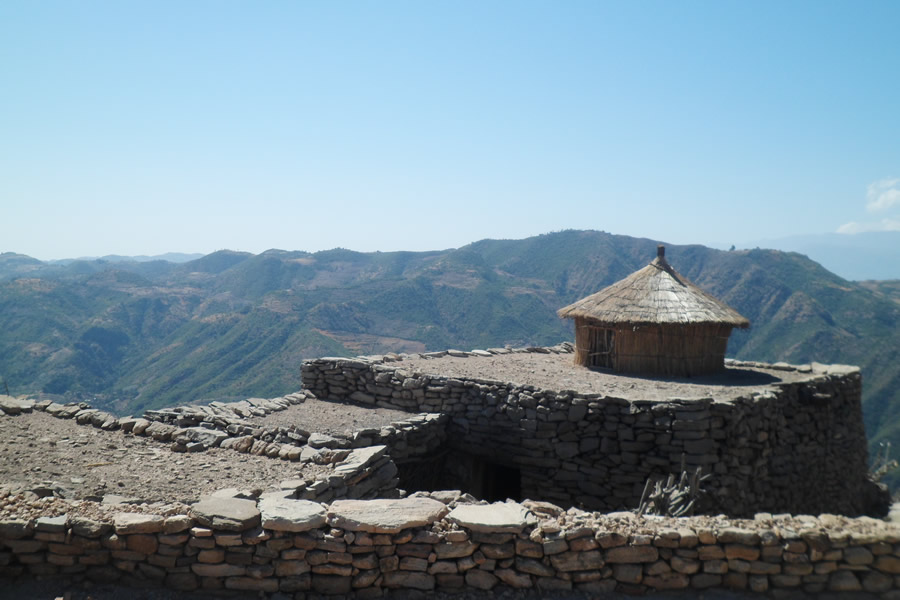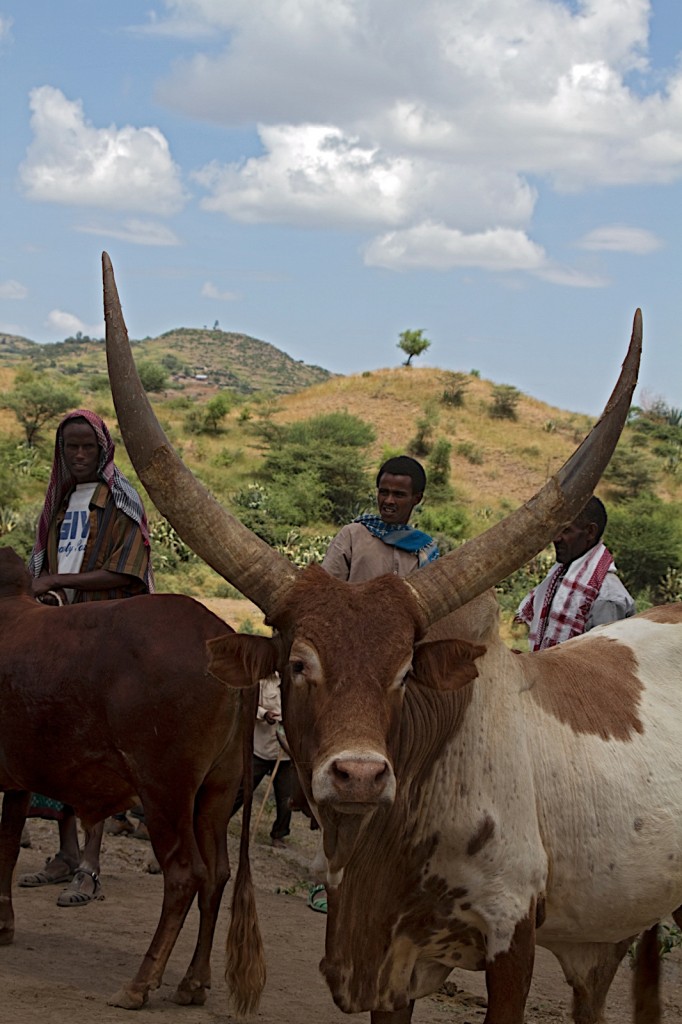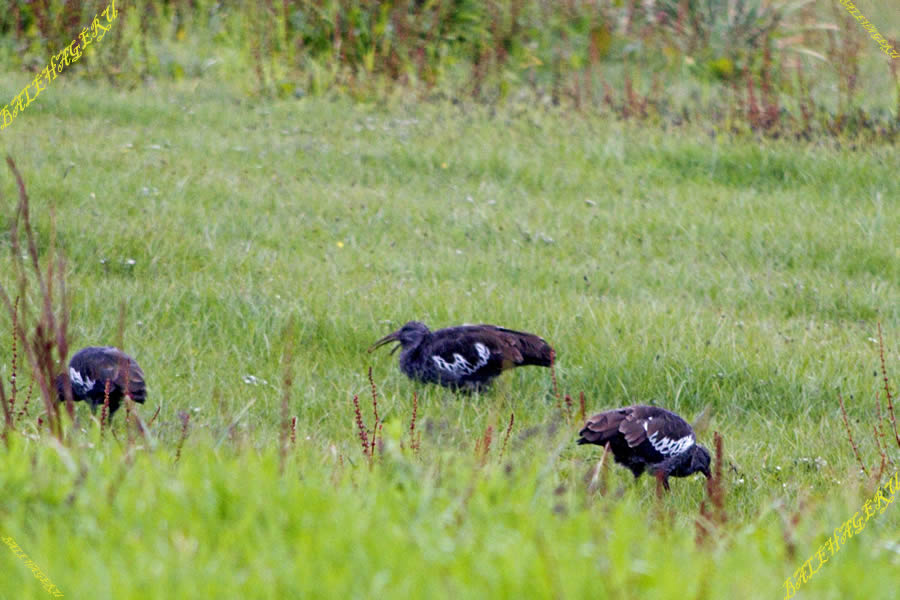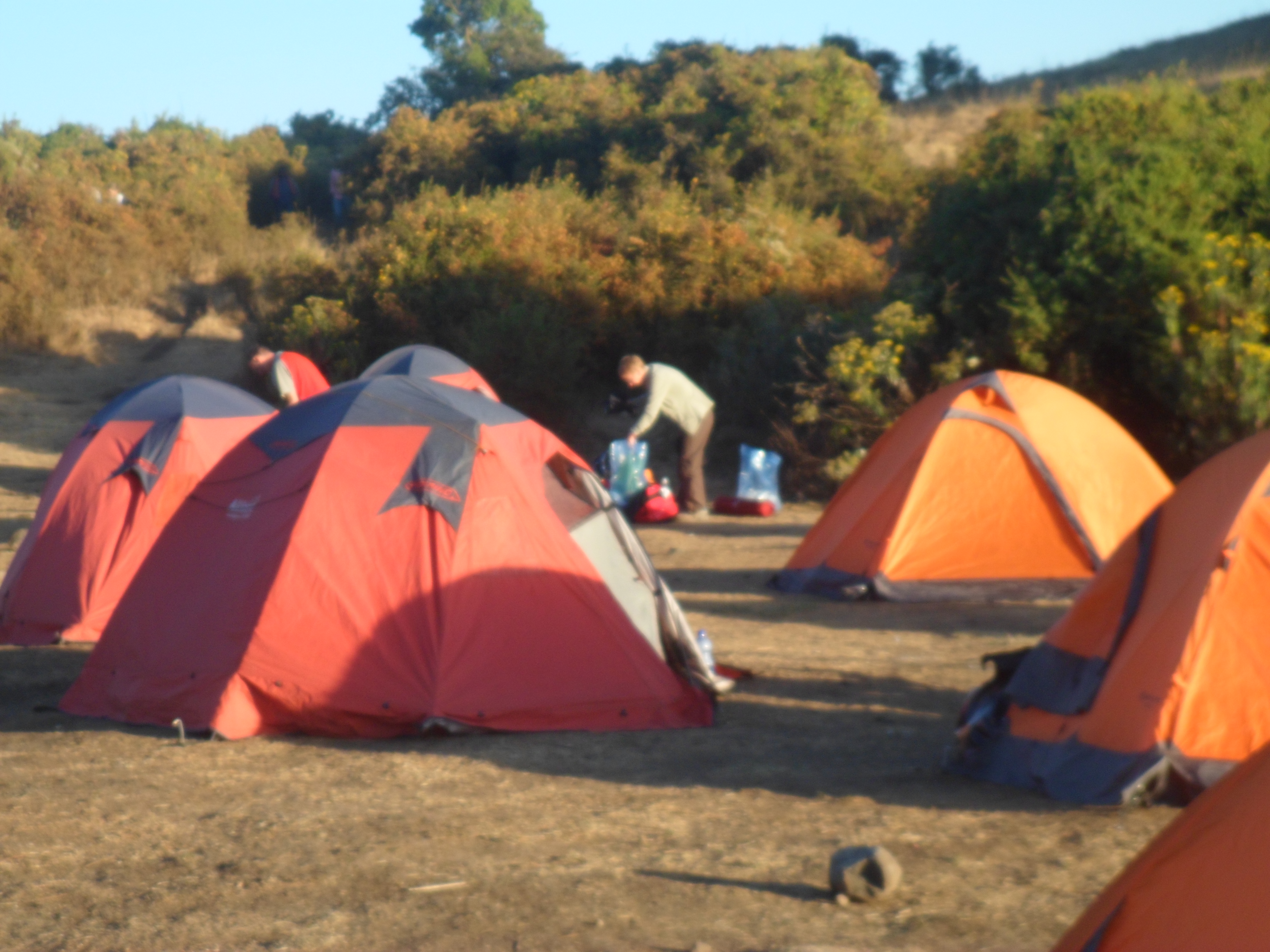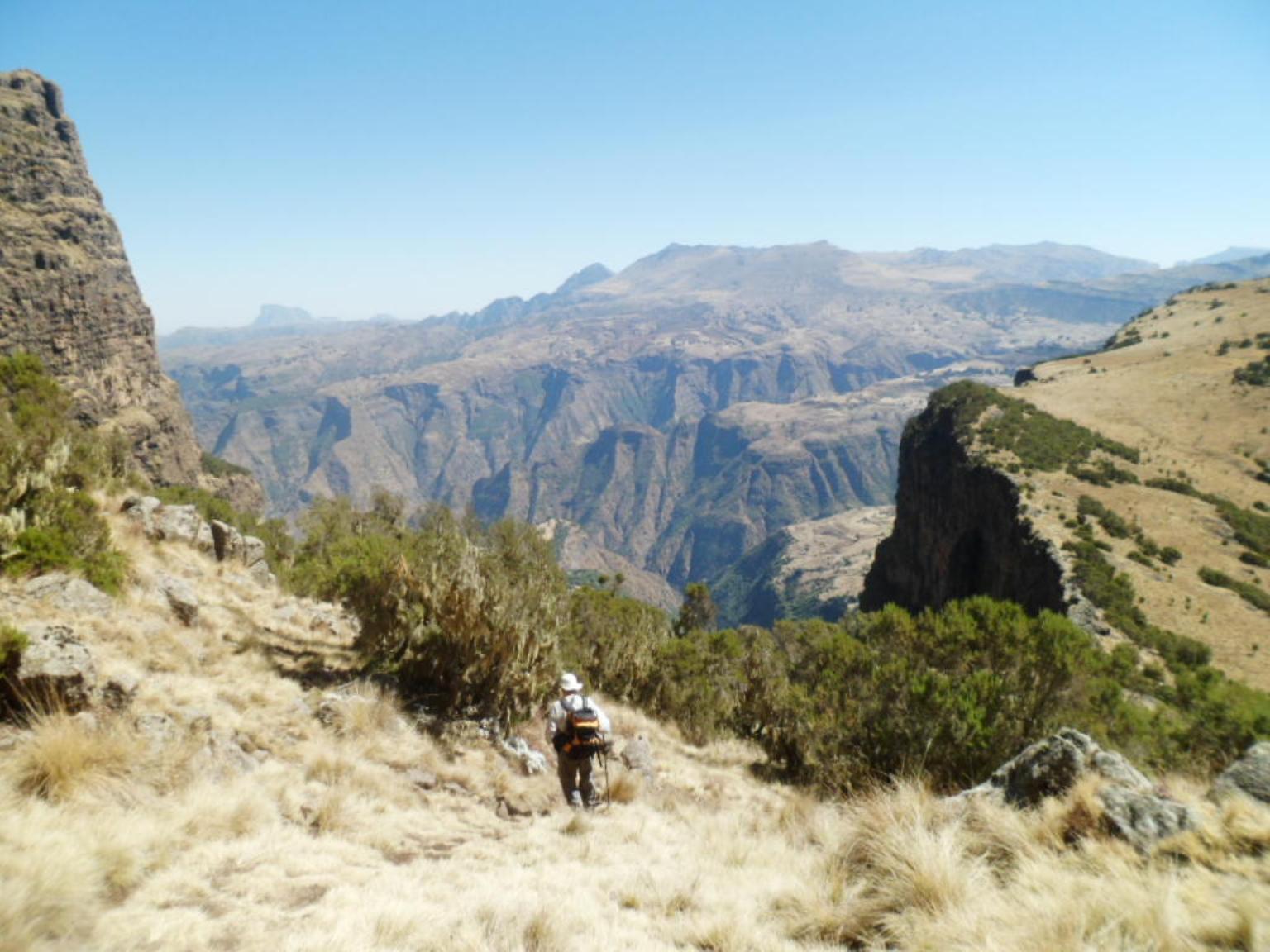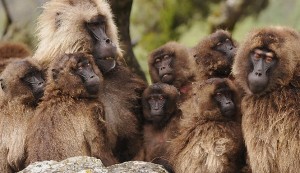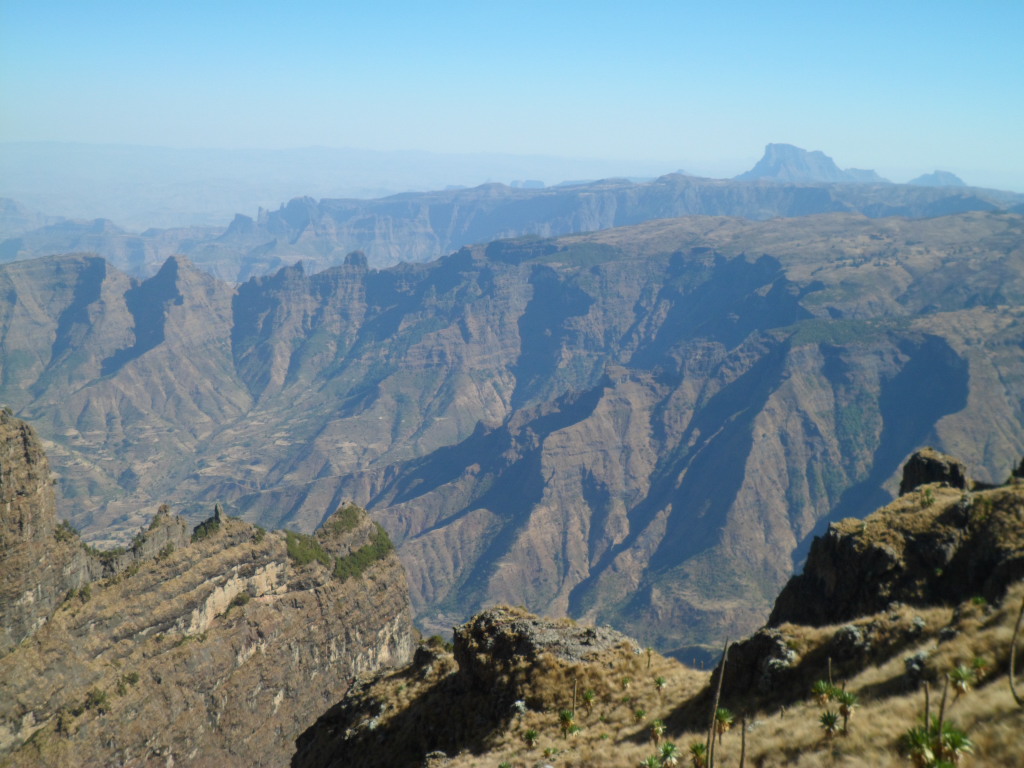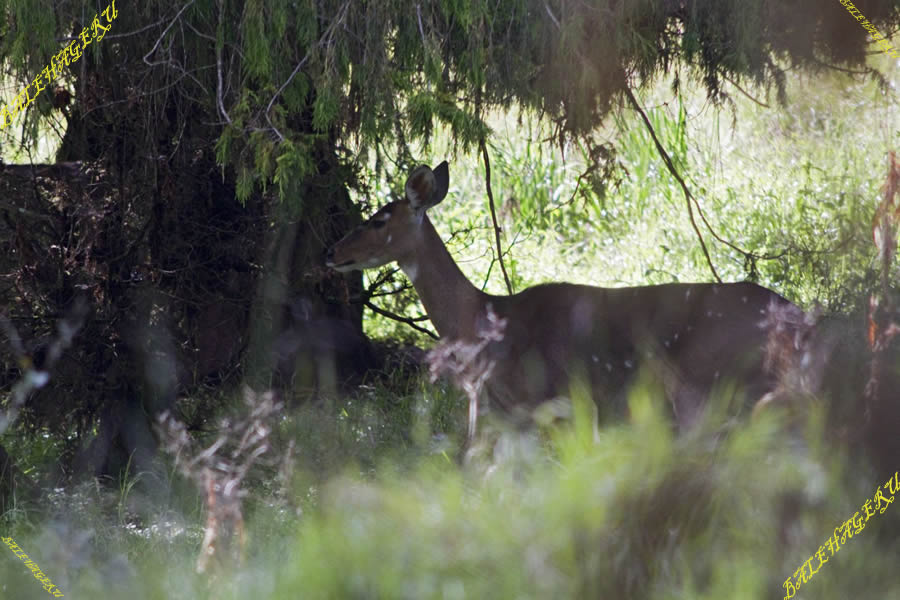Attractions

Frequently Asked Questions
 Fresh local bread
Fresh local bread
When is the best season to visit Guassa?
Guassa can be visited any time of the year although heavy rain can be expected from July-September.
The annual celebration in the Arbara Medhanalem Church is held on April 5th and Firkuta Kidane Mihret Monastery has its annual celebration on January 26th.
How many days should we stay?
The minimum recommended stay is two days, with one night in either Guassa Community Lodge or Mehal Meda. The Lodge makes an ideal base for day trippers, who want to take short excursions to the magnificent Guassa plateau and the surrounding villages. For hikers and mule riders, we recommend spending at least one night camping in the mountains, at one of our three wilderness camps. If you have enough time, then a four-day trek, staying at a different camp each night, makes for a wonderful adventure!
Do the guides speak foreign languages?
The guides speak reasonable English. As for other languages, they will try to communicate, however a basic knowledge of English is required.
How much experience is needed to ride the mules?
Many of our visitors have never ridden a mule before and return home very pleased with their newly acquired skills. It takes only minutes to learn the essentials!
Is it possible to see wild animals?
The Guassa Area boasts several spectacular flagship species, and sightings of many of these species, including the endemic gelada and the iconic Ethiopian wolf, are virtually guaranteed.
How soon do we have to make bookings?
The facilities and guides are extremely busy during the peak seasons of Christmas and Easter, so you should book as far ahead as possible. At all times booking is required at least a day in advance.
Where can we eat in Mehal Meda town?
There are many local restaurants in Mehal Meda offering the standard range of Ethiopian dishes at a very low price, and delicious fresh bread! Otherwise, come prepared to cook your own food at the Guassa Community Lodge or campsite.
Apart from the mountain trips, what else can we do there?
Day walks or excursions to nearby attractions are easy to arrange around Guassa Lodge itself, or trips into the Sefed Meda Valley where wildlife is abundant and easily seen in the grasslands and Afroalpine habitat. Mountain trekking can be combined with village visits.
 Giant Lobelia
Giant LobeliaGuassa Community Conservation Area is one of Ethiopia’s significant remaining examples of a high altitude Afroalpine ecosystem, and it has been the focus of a community-based natural resource management system known as “quero” for at least 400 years. This natural management system makes it one of the oldest known conservation areas in sub-Saharan Africa.
The Guassa Area covers some 100 km2 and is located 265km from Addis Ababa. It supports important plant species, including Guassa grass (Festuca), giant lobelia, Erica moorland, Helichrsyum and Alchemilla. This diverse habitat supports an apparently stable but threatened population of the Ethiopian wolf. Seven other endemic mammals and 13 endemic birds are found in the area. There are also large populations of geladas and other mammals including duiker, klipspringer, Abyssinian hare, common jackal, leopard, spotted hyena, civet and serval cat.
The Guassa plateau offers an unforgettable wilderness experience and it is the perfect spot for Afroalpine trekking, mule riding, traditional village visits and much more. Guassa is an ideal destination for a week-long trek, or as a one night stopover on the way along Ethiopia’s historic routes.
The traditional Menz village
 Menz Village
Menz VillageA visit to Guassa Community Conservation Area wouldn’t be complete without visiting a traditional Menz village. The village contains many stone compounds typical of the North Shoa region. These are architecturally interesting and very photogenic.
Menz village tours offer unique insights into the way of life of the local people, displaying their history, culture and finest handicrafts, such as wool rugs in natural browns and creams, and the traditional burnous and zietett woolen blankets. The village visit can be organized in combination with trekking activities and scenic drives across the plateau.
Uses of the Ecosystem
Ecosystem service: Water, carbon, grazing (refuge), grass, fuel, medicinal plants

The Guassa Area is the source of 26 rivers and springs, which flow to the lower lying areas of Menz and Yifat, The lives of people and livestock as well as irrigation projects depend on these rivers. The Guassa plateau serves as the watershed catchment area for two major rivers: the Awash and the Abbye (Blue Nile).
The traditional management of the Guassa Area provides a highly prized natural resource – Festuca sp grass – to the community. The population of Menz considers the Guassa Area to be important for their livelihoods, and describe it as “Our cloth, bread and butter”. One of the main reasons for protecting the Guassa Area is for harvesting good quality Festuca grass, which is used for various purposes such as thatching, robes, farming and household implements. Another important use of the Festuca grass is its value as a marketable product that increases household income. The grass can be sold in distant markets in Debre Birhan and Addis Ababa. Festuca grass is also valuable as a marketable product for increasing household income. The grass can be sold in distant markets in Debre Birhan and Addis Ababa.
The Menz communities also depend on the Guassa Area as a source of fuel. The bushy vegetation occurring at high altitude is the only plant matter that can be used as fuel. Cherenfi (Euryops piniflius) is the most common shrub used as firewood in Menz. It is usually collected by uprooting it with using a small axe or by pulling it out of the ground by hand. Although it is not good at providing the required amount of energy and it produces lots of smoke, its abundance in the Guassa Area has made it the region’s most important firewood. Erica bush (Erica arboria) is an excellent firewood compared to Cherenfi, but little Erica is left in the Guassa area and those areas remaining are in constant use by the community. Erica is a usually collected in the rainy season as it burns quickly even when wet. Ameja (Hypericum revolutem) is another bush that can be used for fuel. Although it can grow to the height of a small tree, it never has the time to mature in the Guassa Area, so it is always found as a bushy thicket. Ameja is usually collected to make brooms or various household and construction materials, rather than firewood. All the firewood plant species collected in the Guassa area have a low calorific value and do not provide constant heat. Therefore a mixture of livestock dung (Kubet) and bushy vegetation is commonly used in Menz to generate longer lasting heat. This combination of fuels provides energy for cooking and, to a lesser extent, for heating houses in the cold months of the year.
In Menz, the Guassa Area is important grazing land, which provides a refuge for the livestock when private and cultivated fields become devoid of any grazing resource, particularly during drought. Most of the livestock that graze in the Guassa Area originates from the adjacent villages. During prolonged droughts, livestock from more distant villages also stays in the Guassa area in temporary pens to avoid long journeys from the homesteads on a daily basis.


